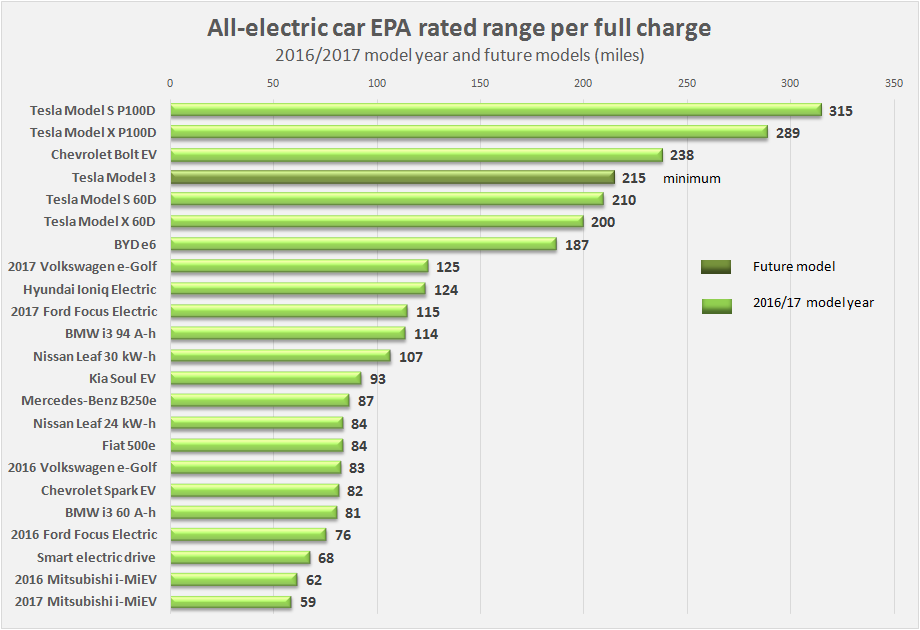Email of the day on the future of electric vehicles
I thought you would be interested in this story from The Times. It’s a UK perspective but made a point about lithium battery technology that hasn’t been much aired. Perhaps because I haven’t heard much about alternative battery technology. I’d be interested in your take on it.
Thank you for this article which I would rate as an example of conventional thinking that doesn’t take account of some pressing needs that are affecting the UK economy today.
The reason France can choose to go all-in for electric vehicles is because most of its electricity is generated from nuclear power plants. That makes the whole question of where the power is going to come from moot. France does not have meaningful supplies of oil and gas and so it had to develop an energy independence strategy decades ago.
The UK turned from being an energy exporter to importer around 2004. That represented a sea change in the country’s fortunes since it represents the reversal of decades of inflows with substantial and increasing outflows. Quite apart from the Brexit negotiations the UK urgently needs an energy independence strategy.
Diesel pollution is much more about NOx emissions than carbon emissions. It might sound like a Not-In-My-Backyard argument but there are benefits to moving emissions away from populated areas even without the whole climate change manifesto.
Tesla’s gigafactory is about economies of scale for existing technology. They have not suddenly discovered a way of developing lighter, more powerful, quick charging batteries. However, with scale they can reduce the cost of existing technologies and bring it within reach of an increasingly large number of people.
The whole idea of filling stations and electric vehicles is non-sensical. The future of electric vehicles is home and parking lot charging. The big question is about where to charge and how long it will take on longer journeys. That’s where roadside shopping malls and diners with charging stations could benefit but only until ranges increase.

Let’s not forget that technology is improving. Fisker Inc is taking pre-orders on its eMotion which is claimed to have a 400-mile range, 161 mph top speed and 9 minutes to charge for a 100-mile range with deliveries expected in 2019. According to the company’s news release it is incorporating graphene into the battery structure which is a new development for a commercial battery.
Transportation is being pressured to innovate because of ridesharing, electric vehicles and autonomous programs. Quite apart from the cost of the vehicle the annual expense of ownership is dominated by fuel, insurance and maintenance. It is these areas which are most susceptible to disruption as these three themes evolve.
Vehicle manufacturers are in disaster control mode following the diesel scandal because it has highlighted the problems if NOx pollution. That’s represents a major inconvenience because diesel vehicles are fuel efficient, powerful and only slightly more expensive than petrol. They now need come up with something else that is both efficient and affordable and pressure is growing to develop better batteries. Toyota on the other hand is betting on fuel cells with the Mirai which is reliant on natural gas steam forming rather than petrol.
Right now, electric vehicles benefit disproportionately from subsidies and it is a fact that sales fall off when subsidies are removed. More than any other factor that means consumers remain cost sensitive, so if the electric vehicle fleet is to expand meaningfully costs need to come down and efficiencies increase. Tesla’s Model-3 with a 215 miles range and $35000 price tag (less with subsidies) is a major step in the right direction.
China, South Korea and Japan are building a substantial number of battery factories with the aim of pressuring Tesla, so the number of electric vehicles on the road will increase by a wide margin from 2020. That suggests we are still in the very early days of electric vehicles.


